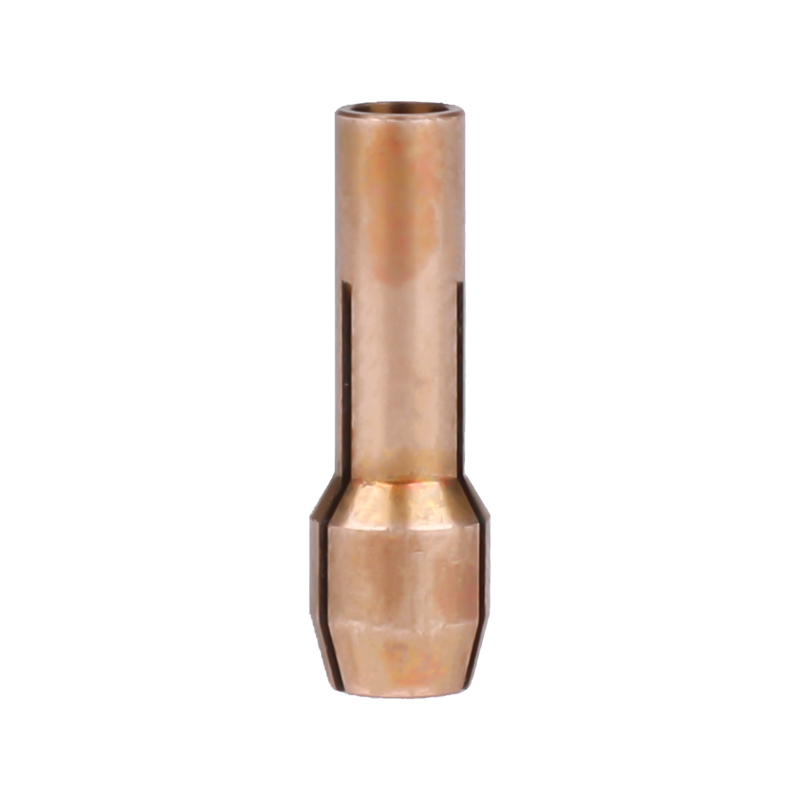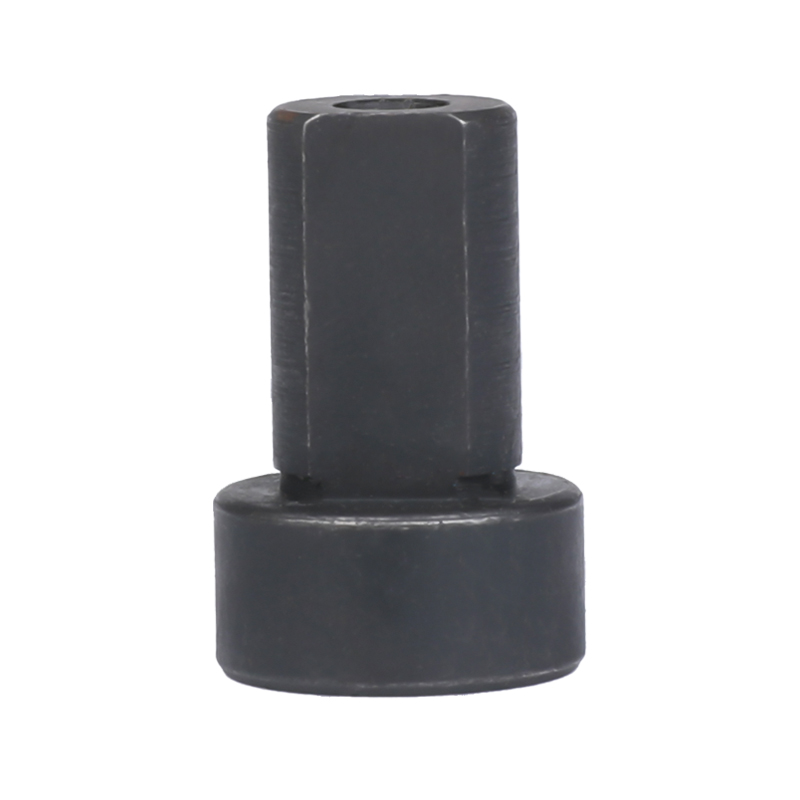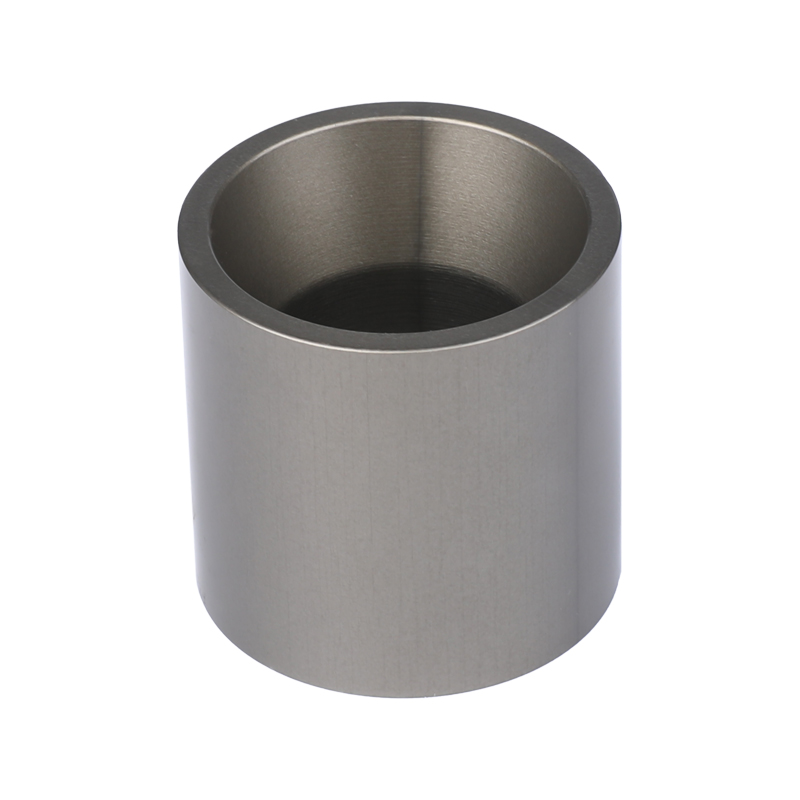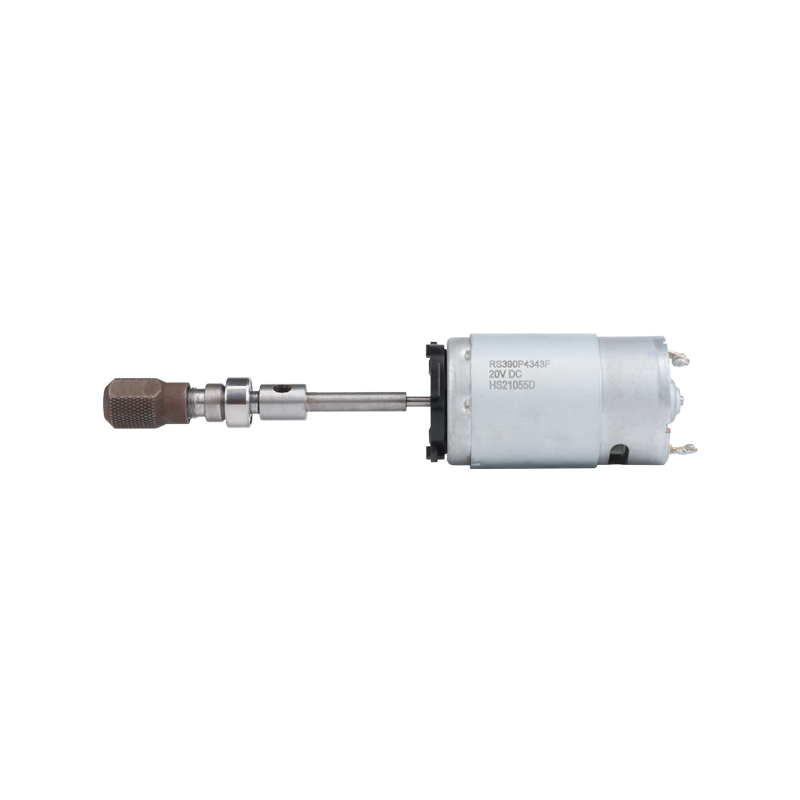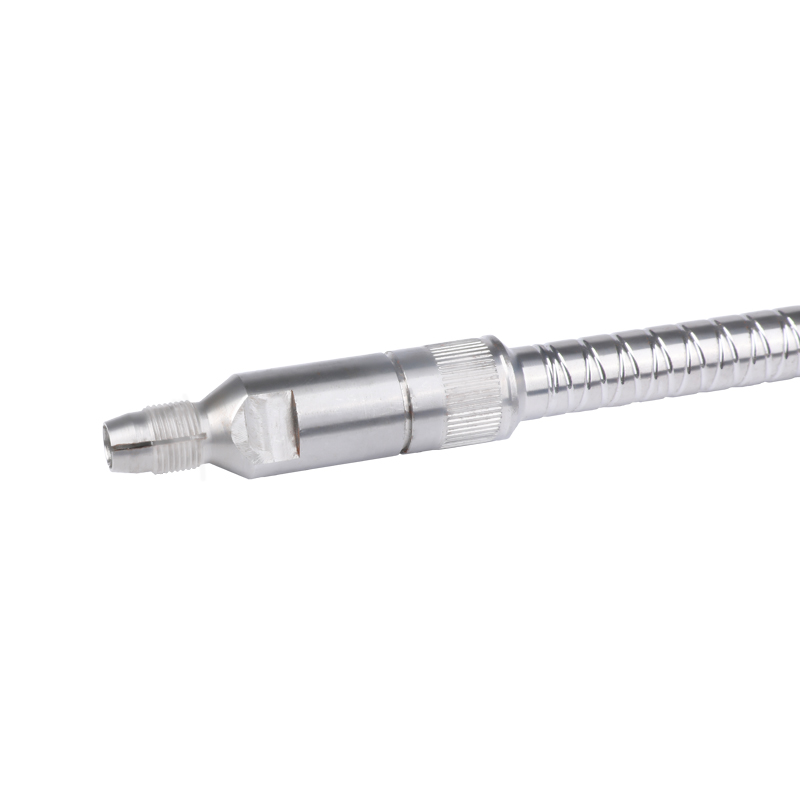Efficiently customizing parts through combined precision machining of action rod turning and milling involves careful planning, advanced machinery, and skilled operators. Here are the steps to achieve this:
Design and Planning:
Begin with a clear understanding of the customer's requirements for the customized part. Gather detailed design specifications, tolerances, and material preferences.
Collaborate with design engineers to create CAD/CAM models and toolpaths that optimize both turning and milling processes for the desired part.
Material Selection:
Choose the appropriate material based on the part's function, mechanical properties, and other relevant factors. Ensure it is compatible with both turning and milling processes.
Machine Selection:
Invest in a high-quality Turn-Mill combination machine with an Action Bar. Ensure that it is capable of handling the required part size, complexity, and tolerances.
Tooling and Workholding:
Select the right cutting tools and tool holders for both turning and milling operations. Tool selection should align with the material and desired surface finish.
Implement robust workholding solutions, such as chucks or collets, to securely hold the workpiece during both turning and milling processes.
Programming:
Utilize advanced CAM software to generate optimized toolpaths for both turning and milling. Ensure that the CAM software can effectively manage the transition between operations.
Create a detailed machining program that includes tool changes, feed rates, and spindle speeds for each operation.
Setup and Calibration:
Properly set up the machine, ensuring that the Action Bar is aligned and calibrated correctly.
Conduct test runs to verify toolpath accuracy, workpiece positioning, and dimensional accuracy.
Machining:
Begin the machining process, starting with the turning operation using the Action Bar to hold and rotate the workpiece.
After turning is completed, seamlessly transition to milling operations without removing the workpiece from the machine. The Action Bar plays a crucial role in maintaining precision during this transition.
Quality Control:
Implement in-process quality control checks, such as measuring critical dimensions and surface roughness, to ensure the part meets specifications.
Make any necessary adjustments to tool offsets or program parameters during the machining process.
Finishing and Assembly:
If required, perform finishing operations such as deburring, polishing, or surface treatment to achieve the desired final appearance and functionality.
Assemble the customized part, if applicable, and conduct final quality checks.
Documentation:
Maintain detailed records of the machining process, including tooling data, machine settings, and inspection results, for future reference and quality assurance.
Continuous Improvement:
Regularly review and refine the machining process to identify opportunities for increased efficiency, reduced cycle times, and improved quality.
Efficiently customizing parts through combined precision machining of action rod turning and milling requires a well-organized approach that encompasses design, machine selection, tooling, programming, and quality control. It is essential to leverage the capabilities of the Turn-Mill combination machine, particularly the Action Bar, to achieve accurate and efficient results. Skilled operators with expertise in both turning and milling processes are also crucial for success.

 English
English Español
Español 日本語
日本語 中文简体
中文简体